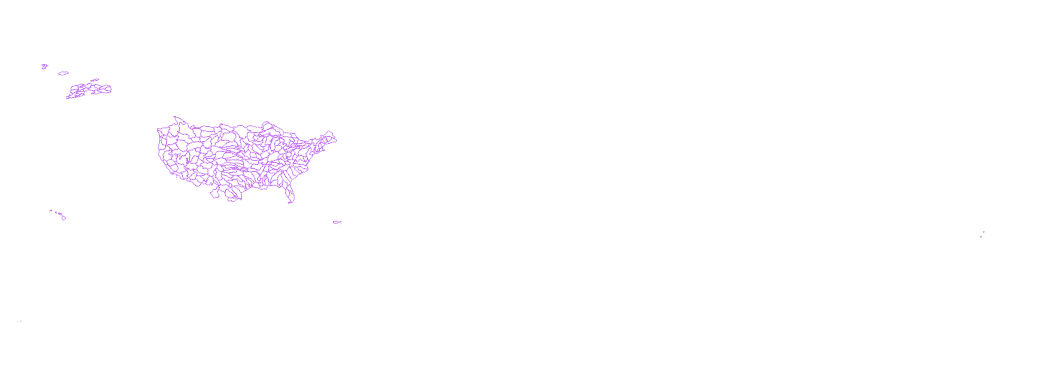Filters: Tags: GEOGRAPHIC INFORMATION SYSTEMS (X) > Date Range: {"choice":"year"} (X) > Types: Citation (X)
4 results (10ms)|
Filters
Date Types (for Date Range)
Types Contacts
Categories Tag Types Tag Schemes |
We used the United States National Grid to develop a sampling grid for monitoring programs in the Great Plains Landscape Conservation Cooperative, delineated by Bird Conservation Regions 18 and 19. Landscape Conservation Cooperatives are science based partnerships with the goal to inform and guide conservation at regional landscape levels. Developing a standardized sampling grid for a LCC is a new endeavor and is designed to reduce program costs, avoid repetition in sampling, and increase efficiency in monitoring programs. This is possible because the grid’s nationwide coverage, uniform starting point, and scalability allow researchers to expand their monitoring programs from a small, local level to a regional or...
Categories: Data,
Publication;
Types: Citation,
Map Service,
OGC WFS Layer,
OGC WMS Layer,
OGC WMS Service;
Tags: BIRDS,
Colorado,
Colorado,
Federal resource managers,
Final Report,
The Arctic Coastal Plain (ACP) of Alaska is an important region for millions of migrating and nesting shorebirds. However, this region is threatened by climate change and increased human development (e.g., oil and gas production) that have the potential to greatly impact shorebird populations and breeding habitat in the near future. Because historic data on shorebird distributions in the ACP are very coarse and incomplete, we sought to develop detailed, contemporary distribution maps so that the potential impacts of climate-mediated changes and development could be ascertained. To do this, we developed and mapped habitat suitability indices for eight species of shorebirds (Black-bellied Plover [Pluvialis squatarola],...
Categories: Data,
Publication;
Types: Citation,
Map Service,
OGC WFS Layer,
OGC WMS Layer,
OGC WMS Service;
Tags: Academics & scientific researchers,
BIRDS,
Conservation NGOs,
Federal resource managers,
GEOGRAPHIC INFORMATION SYSTEMS,

The High Resolution National Hydrography Dataset Plus (NHDPlus HR) is an integrated datset of geospatial data layers, including the most current National Hydrography Dataset (NHD), the 10-meter 3D Elevation Program Digital Elevation Model (3DEP DEM), and the National Watershed Boundary Dataset (WBD). The NHDPlus HR combines the NHD, 3DEP DEMs, and WBD to create a stream network with linear referencing, feature naming, "value added attributes" (VAAs), elevation-derived catchments, and other features for hydrologic data analysis. The stream network with linear referencing is a system of data relationships applied to hydrographic systems so that one stream reach "flows" into another and "events" can be tied to and...
Types: Citation;
Tags: Administrative watershed units,
Area of Complex Channels,
Area to be submerged,
Basin,
Bay/Inlet,
A high-resolution (10-meter per pixel) digital elevation model (DEM) was created for the Sacramento-San Joaquin Delta using both bathymetry and topography data relative to current modern datum of North American Vertical Datum of 1988 (NAVD88). This DEM is the result of collaborative efforts of the U.S. Geological Survey (USGS) and the California Department of Water Resources (DWR). The base of the DEM is from a 10-m DEM released in 2004 and updated in 2005 (Foxgrover and others, 2005) that used Environmental Systems Research Institute (ESRI), ArcGIS Topo to Raster module to interpolate grids from single beam bathymetric surveys collected by DWR, the Army Corp of Engineers (COE), the National Oceanic and Atmospheric...
Categories: Data;
Types: Citation,
Map Service,
OGC WFS Layer,
OGC WMS Layer,
OGC WMS Service;
Tags: American River,
Bathymetry and Elevation,
Echo Sounders,
Fremont Weir,
GPS (Global Positioning System),
|

|